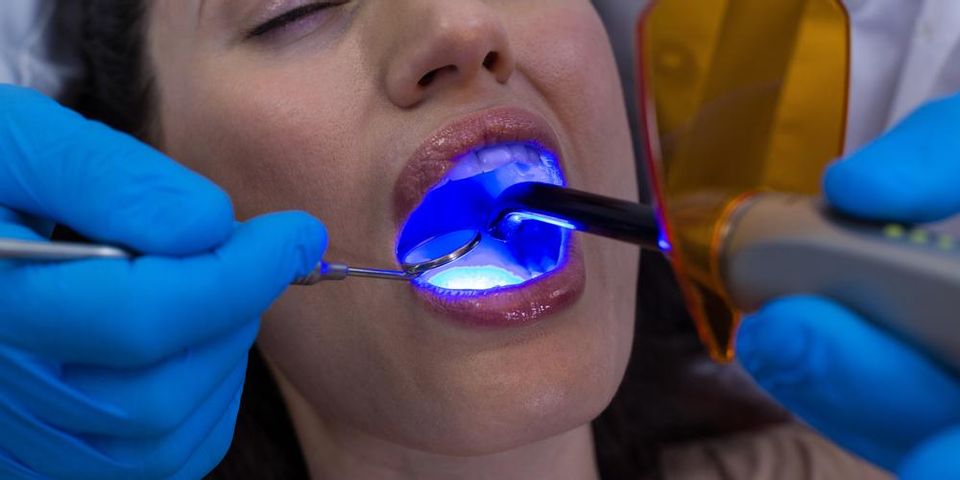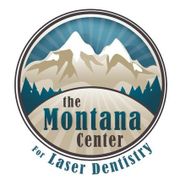Can You Treat Gum Disease With Laser Dentistry?

Gum disease is a fairly common condition that can cause serious issues if left untreated. In the past, dentists have used scaling and root planing (SRP) to remove plaque and tartar, and gum flap surgery to clean around the roots. But thanks to recent advancements in medical technology, laser dentistry appears to be a less invasive treatment approach for combating gum disease, and it has become incredibly popular among both patients and practitioners alike.
During laser therapy, the dentist uses a precise dental laser to remove any inflamed gum tissue around the teeth’s roots in order to conduct SRP. After getting access to the teeth’s roots, the provider is able to remove plaque and tartar that has accumulated below the gum line and is contributing to the inflammation. Once the scaling and root planing is complete, the gums will regenerate around the teeth, protecting the roots once more.
As with any dental procedure, there are both advantages and drawbacks of using laser dentistry to treat gum disease. One of the greatest benefits is the fact that it does not require general anesthesia. Additionally, since the lasers are so precise, there is little to no damage of the surrounding gum tissue, which means a shorter recovery period and less swelling and bleeding following the procedure.
 If your dental insurance provider covers SRP and gum flap surgery, they will likely cover laser therapy as an alternative, so patients do not have to worry about the cost. The total cost will ultimately depend on the extent of the damage, but you can expect it to be similar to the cost of gum flap surgery.
If your dental insurance provider covers SRP and gum flap surgery, they will likely cover laser therapy as an alternative, so patients do not have to worry about the cost. The total cost will ultimately depend on the extent of the damage, but you can expect it to be similar to the cost of gum flap surgery.
If you’re interested in learning more about laser dentistry or seeing it in action, turn to The Montana Center for Laser Dentistry, PLLC, in Whitefish. Check out their practice online to explore the general and cosmetic dentistry procedures they provide, and call (406) 862-1010 to make a dentist appointment today.
About the Business
(10 reviews)
Have a question? Ask the experts!
Send your question

